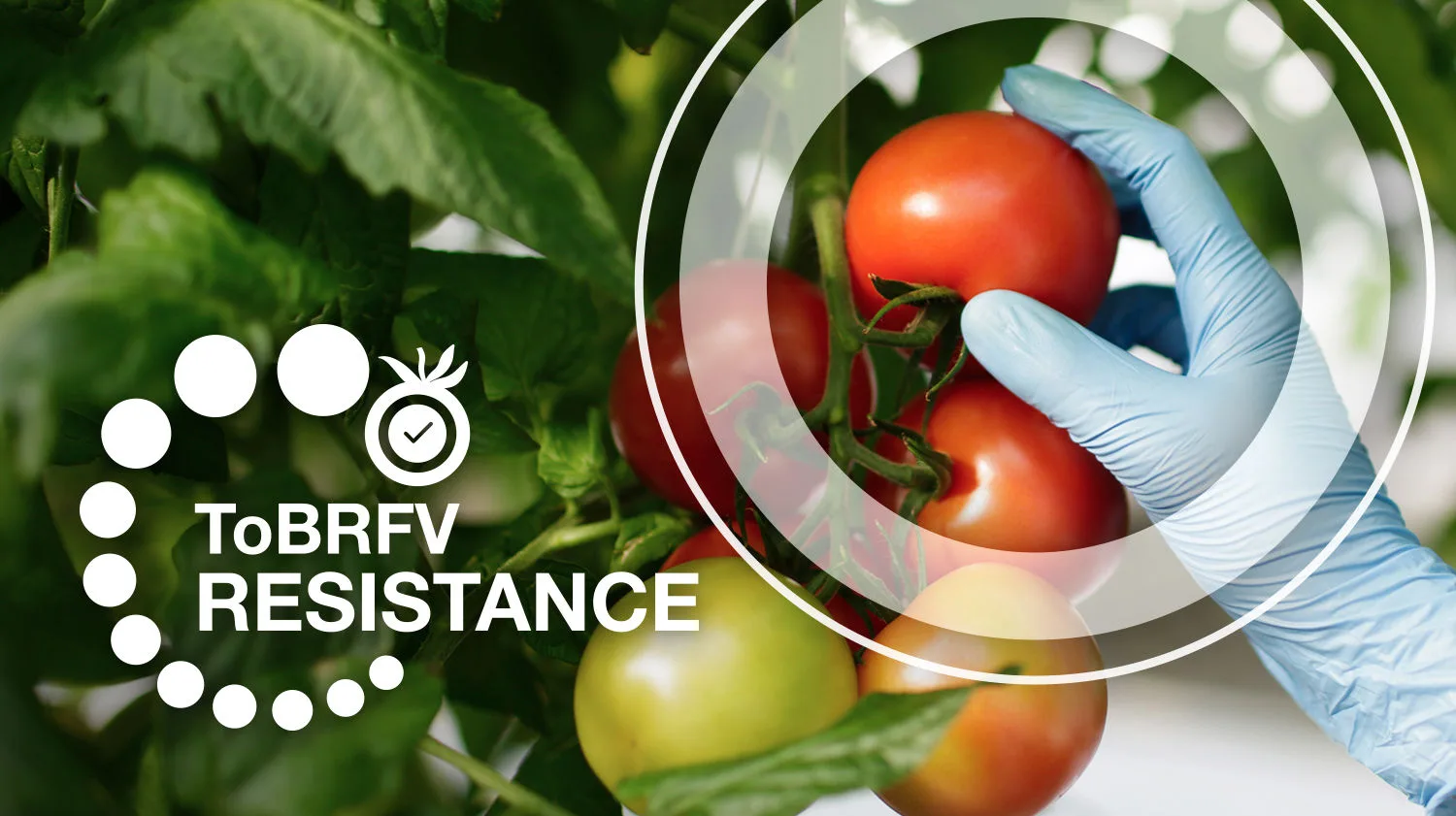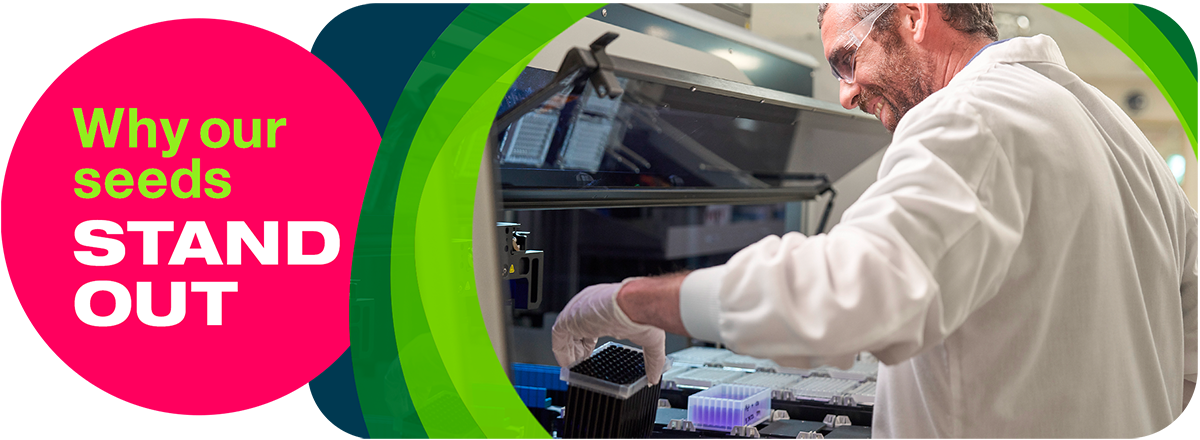
A comprehensive, holistic approach to quality seed testing
Each of our seed lots go through rigorous testing from start to finish. We take a holistic approach, looking at how they grow (Physiological), how pure they are (Purity), their physical characteristics (Physical), and their quality (Seed Health).
We don’t just rely on our testing; we want to know what growers are experiencing. We compare our internal test results with grower experiences to help ensure our quality specifications align with grower needs and expectations. It’s just another way we help protect your high-yield potential from the start.


Standard Germination (SG) tests help determine the percentage of seeds that will produce seedlings with strong roots and shoots under optimal conditions.
Organic Media Germination (OMG) tests are considered a secondary germination method on primarily pelleted or treated seed or for dormancy breaking.
Usable Transplant (UT) tests evaluate seedling uniformity and usability. The test is performed on rockwool or soil and conditions similar to the corresponding markets. These tests are often more relevant for our customers (plant raisers) than standard germination tests.
Vigor (VR) tests assess seed germination potential under stressed growing conditions like accelerated aging, controlled deterioration, and high temperatures in a humidity chamber prior to germination. Vigor tests can provide a better indication of real-world germination and stand establishment rates.
Cold Germination (CG) tests assess seed germination potential in cold environments.
In our Genetic Purity tests, we look for seed with the right variety identity and purity. Our testing strategy relies on molecular and phenotypical tests.
Our Physical seed tests evaluate moisture content, size, weight, and uniformity. Knowing the moisture content is essential for determining optimal harvest time and storage conditions.
Physical Purity seed testing
Our Purity tests evaluate samples for unwanted seeds – other seed varieties,
crop species, weed species, and noxious weeds. These unwanted seeds can throw off planting density calculations and introduce undesirable plant species into the planting.
Physical Appearance (PA) tests use visual inspection to look for fish mouth, mechanical damage, and discoloring.
Moisture (MOT) tests determine the moisture content of a seed batch or lot.
Moisture levels are used to determine safe storage conditions for commercial and parent seed.
Thousand Seed Weight (TSW) tests determine the weight of a thousand seeds in grams.
Our Seed Health tests are used to check for pests and pathogens, including viruses, bacteria, fungi, and nematodes, that could pose a risk to production and the environment. Pathogen testing helps reduce the distribution of seed-borne pathogens and the initiation of plant disease epidemics.
We use a wide array of testing methods for different pathogens:
Best Practices in Seed Health Tests
Biological Assays
Blotter and Agar Plating
Dilution Plating Assays
ELISA Assays
PCR Assays
Sweat Box and Grow-Out Assays
Learn how Charles Hagen, head of North America seed health testing, and his team use automation to deliver solutions faster than ever.
Our Seed Health Labs focus on ensuring growers receive high-quality seed. The laboratory is accountable for all aspects of virological and bacterial testing, conducted by methods that are compliant with all applicable regulations, certifications, and accreditations.
It's another testament to our unwavering dedication to our vegetable seed customers across the world, and it distinguishes Vegetables by Bayer for seed quality excellence and high-performing seeds. Whether you're a grower, researcher, or just enjoy delicious vegetables, you can count on us for outstanding seed quality.







